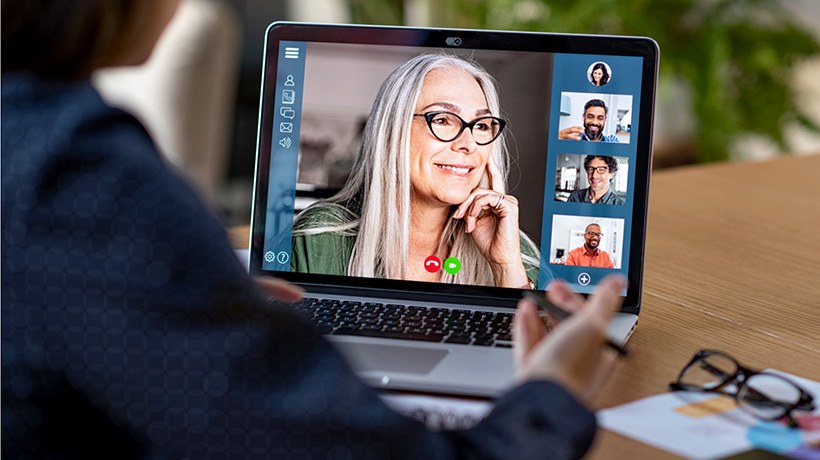Featured author
51 articles
13 topics
13 topics
Posting activity
Latest articles by Mary Burns
Become an author like MaryMary Burns
Wall of Recognition

Rising Star

Expert

MasterMind

Thought Leader

Legend

Editors Choice (4)

Specialist
eLearning Best Practices Specialist (3)
eLearning Design and Development Specialist (5)

Authority
eLearning Best Practices Authority
eLearning Design and Development Authority (2)

Years (8)

Level 2
May 13, 2020
We Are All Distance Learners: Online Education Across The Globe—Part 2
School closures in 191 countries have interrupted education for 1.5 billion students and 63 million primary and secondary teachers. Many countries have turned to eLearning to continue education. In part 2 of a two-part series on education during COVID-19, we look at online learning across the globe.
April 7, 2020
 Editors' Choice
Editors' Choice
From Analogue To Digital: School Goes Online—Part 1
This is the first of two articles on how COVID-19 is moving formal schooling online. The first article focuses on the United States. The second will focus on how countries across the globe have moved instruction online and what the U.S. can learn from them.
March 26, 2020
Taking It Online: Virtual Teaching With Webinars
COVID-19 has disrupted face-to-face education across the globe as teachers everywhere scramble to "put their courses online" and create virtual learning experiences for students. This article serves as a primer on web conferencing and webinar technologies for those new to virtual teaching.
March 19, 2020
Turning On, Tuning In, And Dropping Out
What is self-regulation? How does it correlate with the successful completion of online courses/programs? How can we help our online learners become more self-regulated? Mary Burns explains the what, why, and how of self-regulation in online learning.
December 20, 2019
'Tis The Season! 3 Holiday Gifts For Online Learners And Teachers
What do you give the online instructor and learners who have everything? During this holiday giving season, how about time, support and a sense of presence? Want to know more? Read on.
November 3, 2019
I’ll Get To It Tomorrow: Procrastination In Online Learning
We all procrastinate...but procrastinating in an online course can spell failure. Mary Burns discusses procrastination—what it is, why we do it and what can be done to help online learners overcome a tendency to procrastinate and successfully complete an online course.
September 28, 2019
Shedding Our Disinhibitions (Part 2 Of 2)
Continuing from our discussion in part 1 on the online disinhibition effect, this post offers 14 strategies to mitigate negative online behavior and promote positive online communication.
September 14, 2019
Shedding Our Disinhibitions (Part 1 of 2)
On the internet, no one if knows you are a dog—and that's a problem. The anonymity and dissociative nature of online communication can result in negative behaviors that undermine learning. This two-part post discusses the online disinhibition effect.













